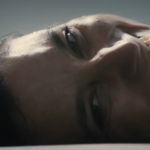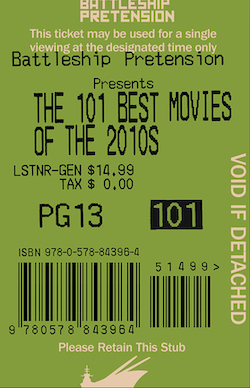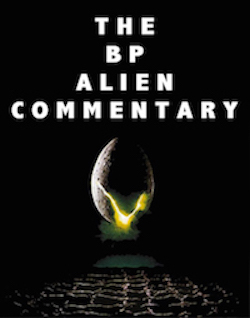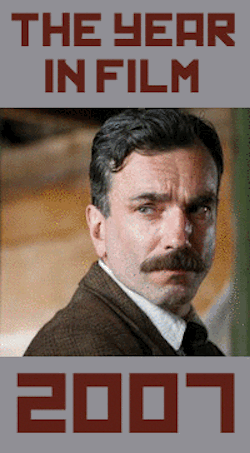Harriet: Stalled on the Tracks, by David Bax

It’s baffling to realize that Harriet Tubman—someone who easily makes the shortlist of best and most important Americans of all time—has never gotten the biopic movie treatment before (Cicely Tyson played her on television for a 1978 miniseries). So Kasi Lemmons’ Harriet feels just as overdue as Tubman’s face replacing Andrew Jackson’s on the twenty dollar bill. That’s why it’s disheartening that the movie is so limp and uninspired.
Cynthia Erivo plays Tubman starting from her last days as a slave in Maryland before her escape to Philadelphia. There she meets up with William Still (Leslie Odom Jr.), one of the organizing forces behind the Underground Railroad. A grade school history class will tell you what happens next but Lemmons and co-screenwriter Gregory Allen Howard give the movie a mundane, familiar shape by pairing it with the story of her former master (Joe Alwyn) and a black slave catcher (Omar J. Dorsey) trying to track her down.
As that part of the tale increasingly takes over, Harriet begins to feel more like an action/thriller than a biography. Admittedly, this is sometimes entertaining in a cheap way but it’s diminishing to such a gargantuan subject. Furthermore, it’s unnecessary, as Lemmons finds exciting beats to play apart from the lame chase plot, such as a montage of Tubman leading other slaves to freedom set to Nina Simone’s “Sinnerman.”
By that time, though, Harriet has already failed as a biopic. Still, at the least, it does so in the tradition of so many failed biopics before it, by exhibiting no intellectual curiosity as to who Tubman was as a psychological being. Lemmons would rather slot her into the ever-growing list of movie superheroes. The real Tubman was said to receive messages from God; in Harriet, these function as a lazy device, motivating her to lead a party through the river, say, rather than over the bridge where the slave catchers await because her Spidey-sense told her to.
None of the blame for Harriet’s failure ought be laid at Erivo’s feet, though. She gives Tubman an undeniable force of presence and, when the moment comes for her to make a big speech about the horrors of slavery being bigger and deeper than politics or even war, she knocks it out of the park.
There are a handful of other moments that stand out, like a devastating one in which an escaped slave of mixed race fools slave catchers by passing as her master’s child, causing us to immediately realize that that’s likely just what she is. But most of Harriet feels made by rote. With its orthodox aesthetics (balanced frames) and structure (voiceovers and flashbacks) and its sentimental score (by the usually reliable Terence Blanchard), it might as well be a TV movie of the week from 30 years ago. Which leaves us where we started, still waiting for the great movie this great woman deserves.



























